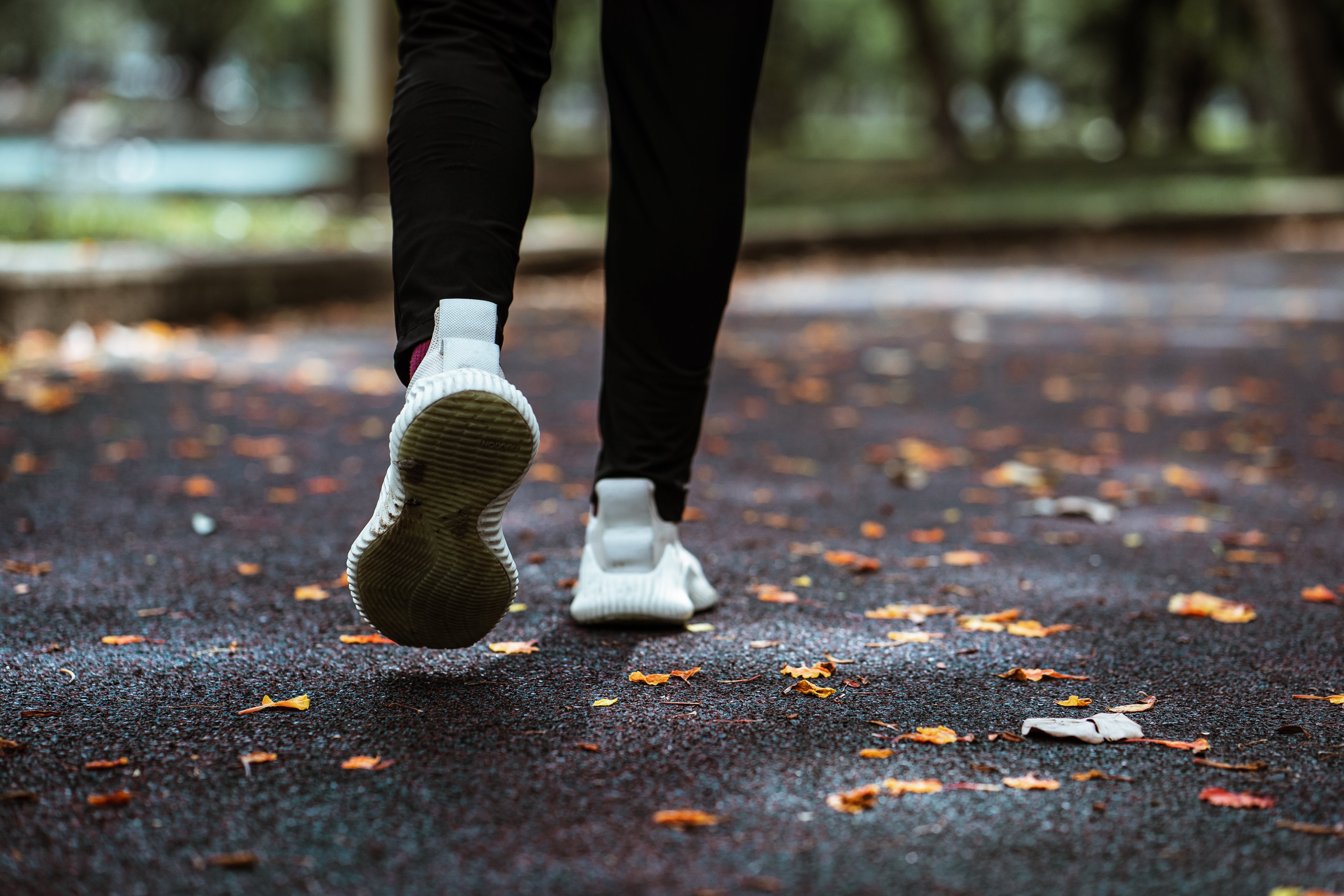Welcome to your journey towards becoming a more efficient runner. Running drills are a fundamental aspect of any serious runner’s training regimen. Not only do they prepare your body for the physical demands of running, but they also enhance your form, which can lead to improved performance and reduced risk of injury. By incorporating a variety of running drills names and techniques into your routine, you’ll be taking a proactive step in fine-tuning your running mechanics.
Drills can serve multiple purposes: they can act as a dynamic warm-up to prepare your muscles and joints, improve neuromuscular coordination, and even serve as a form of speed training. The benefits are far-reaching, from honing your agility and balance to strengthening the specific muscle groups used in running. As you master each drill, you’ll notice a smoother stride, quicker foot turnover, and a more powerful push-off. These benefits collectively contribute to a more efficient and enjoyable running experience.
Whether you’re a beginner looking to start off on the right foot or an experienced runner aiming to refine your technique, our Ultimate Guide: Running Drills Names & Techniques will provide you with the knowledge you need. Visit our website to learn more and get started today! Click here.
Essential Running Drills for Speed and Agility

To elevate your running game, focusing on speed and agility is crucial. There are specific running drills names that are designed to target these attributes, making your workouts not just about distance, but about quality and technique as well. One key drill is the High Knees, which emphasizes rapid knee lift and helps develop the muscles responsible for propelling you forward quickly. Another essential drill is the Butt Kicks, where you aim to touch your heels to your glutes, promoting a faster leg recovery and enhancing your hamstring flexibility.
The A-Skip drill improves coordination and encourages a more efficient energy transfer, which is vital for speed. Similarly, the B-Skip adds a leg extension to the A-Skip, teaching you to control your limbs and improve your stride length. To boost agility, the Lateral Shuffle can be incredibly effective, as it trains your body to move swiftly in different directions, a skill that’s useful for trail runners navigating uneven terrain.
Quick Feet drills, where you rapidly tap your feet on the ground as quickly as possible, are excellent for developing a sense of rhythm and speed. Meanwhile, Strides, which are short bursts of running at an increased pace, can help your body get used to the feeling of running fast without the fatigue of a long sprint. Incorporating these drills into your routine can break the monotony of regular runs and put you on the fast track to a personal best.
Techniques to Enhance Endurance Through Running Drills

Endurance is a bedrock of running, and certain drills are tailored to bolster your staying power on the track or trail. Among the running drills names that cater to endurance enhancement, the Tempo Run stands out. This technique involves running at a challenging, yet manageable pace for a set duration or distance, teaching your body to sustain speed over time. Another pivotal drill is the Interval Training, where runners alternate between high-intensity sprints and recovery jogs. This not only improves aerobic capacity but also increases lactate threshold, allowing you to run longer before fatigue sets in.
The Progression Run, which starts at a comfortable pace and gradually increases to race pace or faster, is an excellent way to mimic the late-stage push in a race scenario. In contrast, Long Slow Distance (LSD) runs are all about covering more ground at a slower, conversational pace, which effectively builds aerobic endurance and mental toughness.
For a more targeted approach, the Hill Repeats drill is exceptional for building leg strength and cardiovascular endurance. It involves running up a hill at a hard effort, then jogging or walking down for recovery, and repeating the cycle several times. Not only does this drill improve muscular endurance, but it also enhances your ability to tackle inclines during races or demanding runs. By integrating these techniques into your training regime, you’ll not only extend your endurance but also refine the quality of your long-distance runs.
Running Drills to Improve Coordination and Balance

Running is not just about speed and endurance; coordination and balance play critical roles in efficient and injury-free running. Drills that enhance these aspects can lead to better form and a more powerful stride. The High Knees drill is an excellent exercise for promoting coordination. It involves lifting your knees high with each step, engaging the core, and maintaining an upright posture, which translates to improved running mechanics.
The Butt Kicks drill is another fundamental technique where runners kick their heels up towards their buttocks. This drill emphasizes the hamstrings and can help improve the back-kick portion of the running stride. Additionally, the Lateral Bounds drill, which involves side-to-side explosive movements, is pivotal for developing lateral stability and strength, crucial for navigating uneven terrain and making quick directional changes.
Implementing the Single-Leg Stance drill, where one stands on a single leg while maintaining form for a set period, can significantly boost balance. This seemingly simple exercise challenges stability and encourages strength in the supporting muscles of the legs and core. When these drills are practiced regularly, they can lead to smoother and more controlled running, which is vital for both competitive runners and fitness enthusiasts alike. Consistency in performing these drills is key to reaping their benefits, reinforcing the neural pathways and muscle memory associated with balanced and coordinated movement patterns.
Incorporating Running Drills into Your Training Routine

Incorporating running drills into your training routine should be done with intention and strategy. These drills are not merely warm-up exercises; they are designed to enhance specific aspects of your running technique and should be targeted as such. To get the most out of running drills, they should be performed after a general warm-up but before the main workout. This sequencing ensures that your body is adequately prepared and that the benefits of the drills are carried over into your run.
Start with two to three drills that focus on the areas you wish to improve, such as knee lift, foot strike, or hip mobility. Each drill should be performed for a short distance, approximately 20 to 30 meters, with a focus on form rather than speed. It’s important to give yourself time to recover between each repetition to maintain the quality of the drill. As these exercises become a more integral part of your routine, you can gradually increase the number of repetitions and the variety of drills.
For those looking to prioritize speed and agility, speed ladders and hurdle drills can be particularly beneficial. Distance runners may focus more on endurance-based drills such as tempo runs or progression runs. Remember, the goal is to integrate these drills seamlessly into your training without causing excessive fatigue. They should complement your running, not detract from it. With consistent practice, running drills can lead to significant improvements in running efficiency and overall performance.
Advanced Running Drills for Experienced Runners
Advanced running drills are a game-changer for experienced runners looking to refine their technique and push their performance boundaries. These drills require a higher level of coordination, strength, and endurance, thus they should be incorporated cautiously and progressively. One such drill is the “Bounce Drill” which enhances leg strength and elasticity. This involves a series of bounds or leaps focusing on height and distance with each jump, engaging the core and driving through the glutes.
Another challenging drill is the “Single-Leg Running Drill”, which targets balance, coordination, and unilateral strength. Runners perform a running motion on one leg only, while the other leg is kept off the ground. This drill is excellent for identifying and correcting imbalances in strength and form. Similarly, plyometric drills such as box jumps and depth jumps are essential for developing explosive power and speed, vital for sprinters and short-distance runners.
It is crucial for experienced runners to listen to their bodies and incorporate adequate rest when practicing these advanced drills. Overtraining can lead to injuries and setbacks, so balance is key. For a detailed guide on how to perform these advanced drills and integrate them into your workout regimen, click here to visit our website and get started today!
Remember, advanced drills are only beneficial if they are executed with proper form and integrated responsibly into your training. With dedication and the right techniques, these drills can help you achieve new running heights and bring you closer to reaching your personal bests.


